Search: CEC
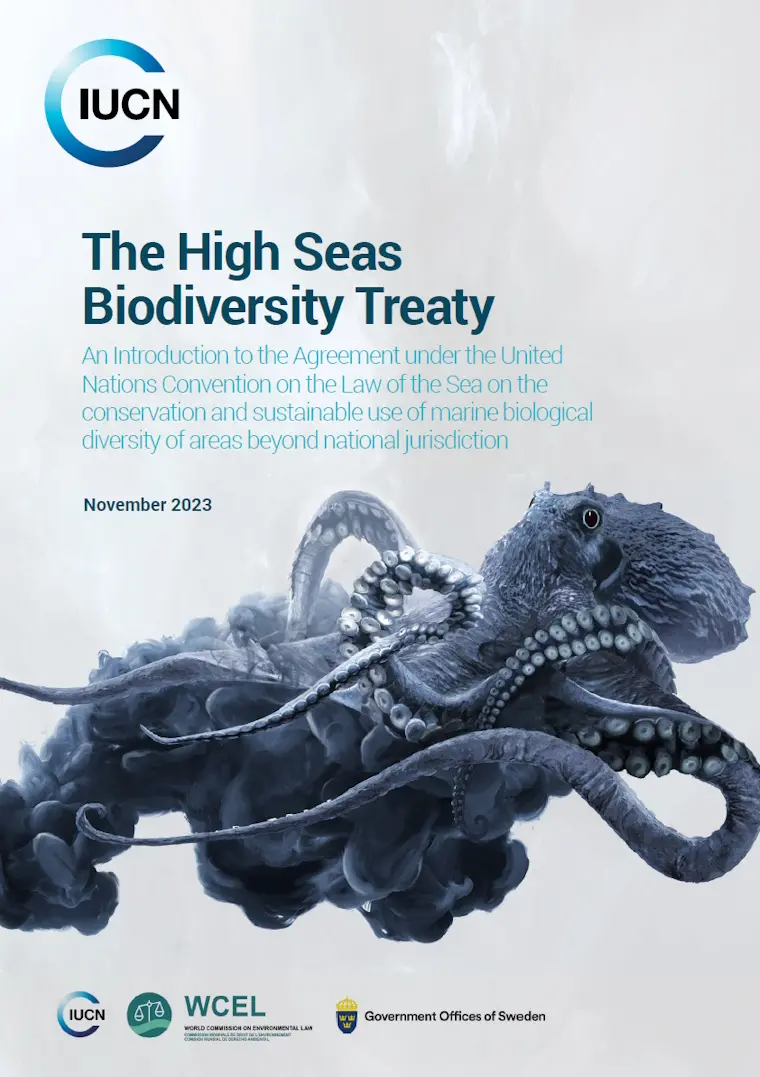
Grey literature | 2023
High Seas Biodiversity Treaty Policy Brief
An Introduction to the Agreement under the United Nations Convention on the Law of the Sea on the conservation and sustainable use of marine biological diversity of areas beyond national jurisdiction
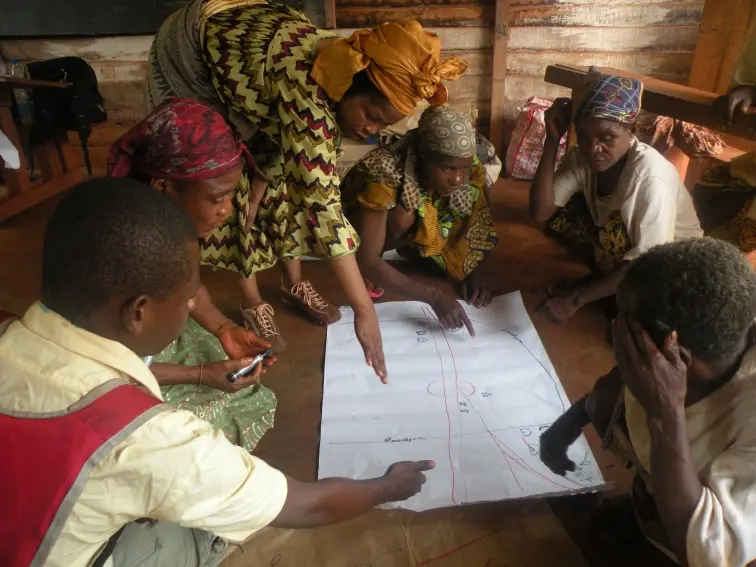
Story | 15 Nov, 2015
Report calls on aluminium industry to respect indigenous peoples' rights
Geneva, Switzerland, 16 November 2015 – While global demand for the world’s most popular metal – aluminium – continues to rise, it is critical that the aluminium industry address its environmental and social impacts, particularly in indigenous peoples’ territories, according to new report…
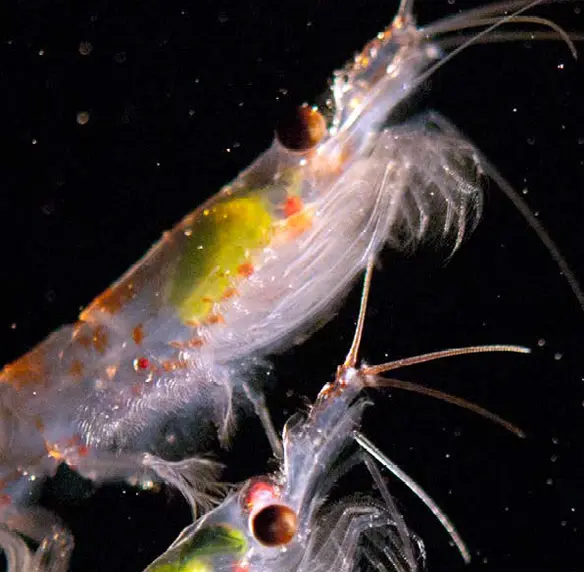
Press release | 08 Dec, 2014
Gland, Switzerland, 9 December 2014 – Protecting key carbon-absorbing areas of the ocean and conserving fish and krill stocks are critical for tackling climate change. This is one of the findings of a report released today by the International Union for Conservation of Nature (IUCN) in which top…
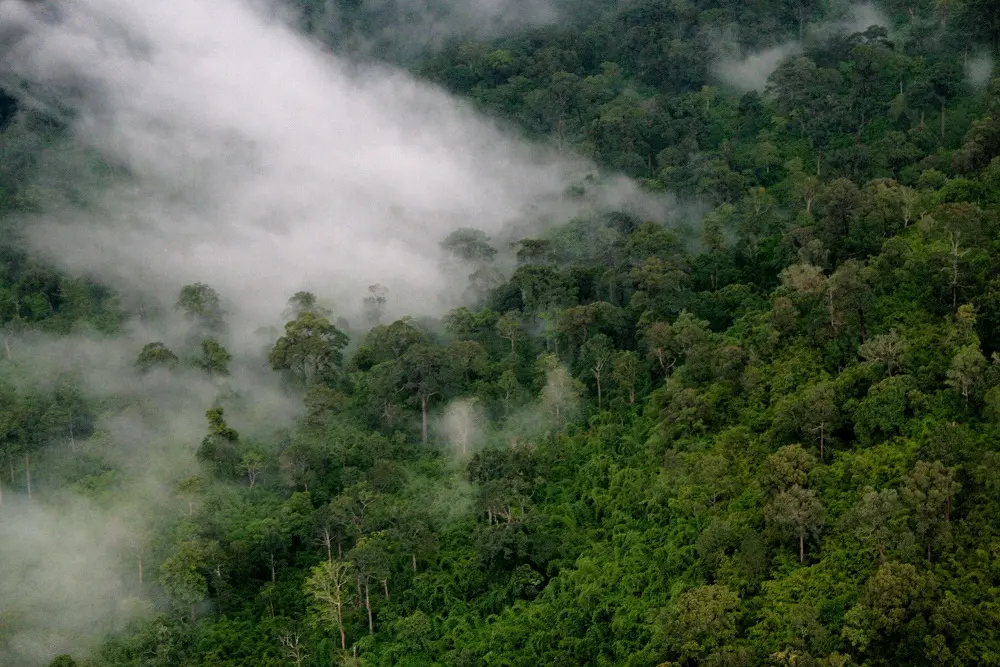
Story | 30 Jul, 2014
True Grit: life on the trail of the rosewood poachers
Marking World Ranger Day 31 July 2014, SOS – Save Our Species wishes to bring you to the frontline of conservation. Talking with Chaloaw Kotud, Enforcement Ranger Patrol Team Leader at Thap Lan National Park, Thailand we highlight the work of the unsung heroes worldwide who are charged with…
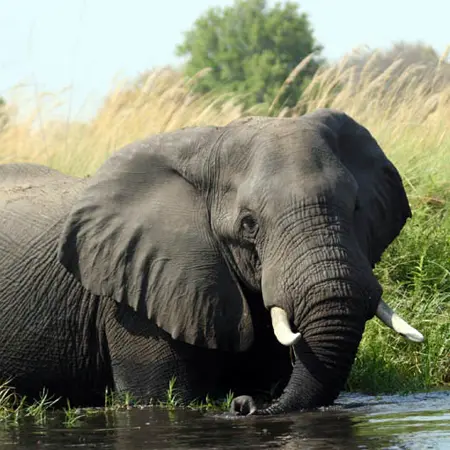
Legacy Article | 12 Sep, 2013
The Duke of Cambridge and IUCN unite for wildlife
As part of his latest conservation initiative, The Duke of Cambridge brings together an unprecedented collaboration between the Royal Foundation of The Duke and Duchess of Cambridge and Prince Harry, and seven of the world’s most influential conservation organizations, including IUCN.
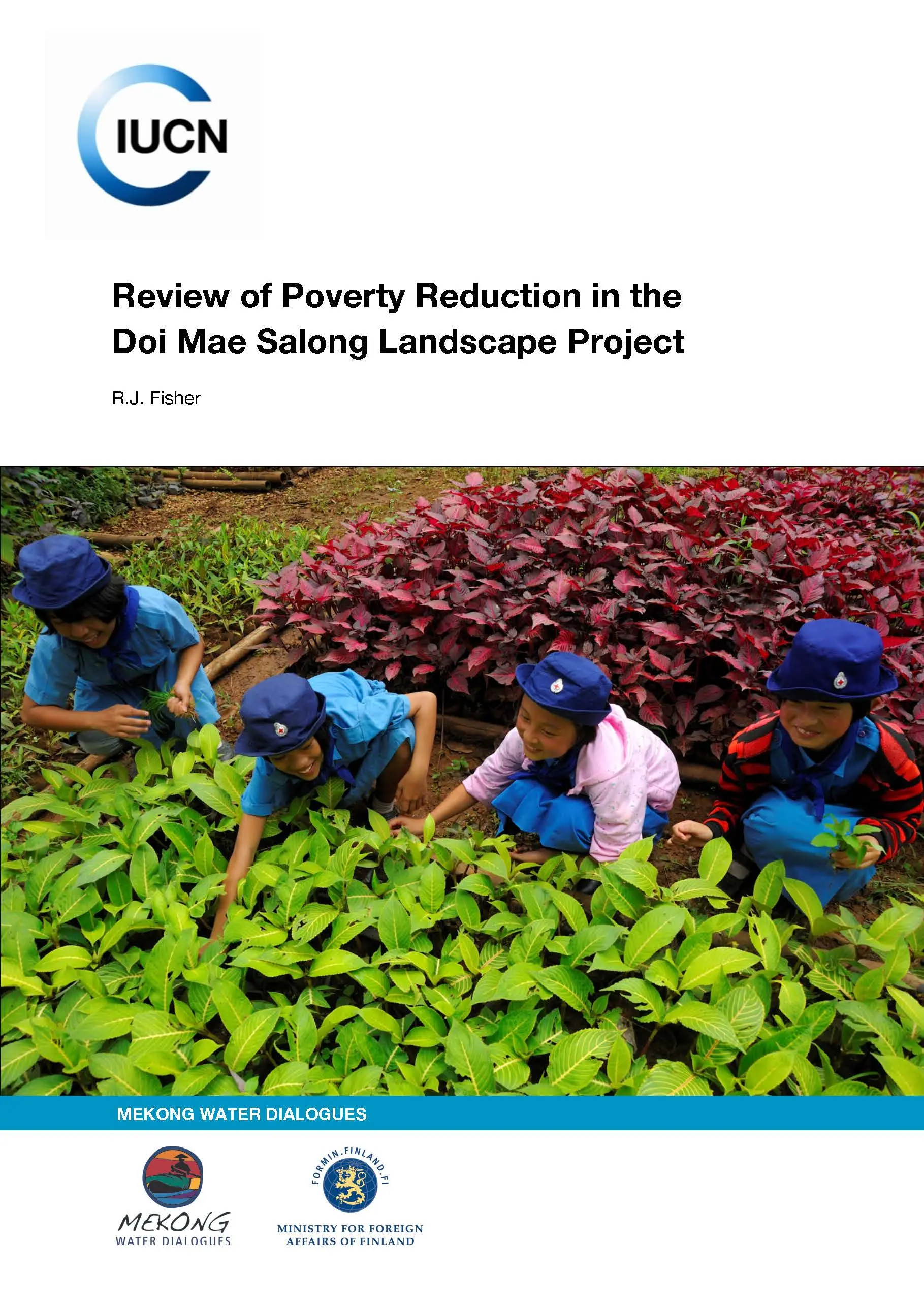
Story | 28 Aug, 2013
Review of Poverty Reduction in the Doi Mae Salong Landscape Project
Between 2007 and 2010, IUCN’s Thailand Programme implemented a project in Doi Mae Salong (DMS), Chiang Rai Province, in collaboration with the Royal Thai Armed Forces (RTAF) and other partners. This project was part of IUCN’s global Livelihoods and Landscapes Strategy (LLS).
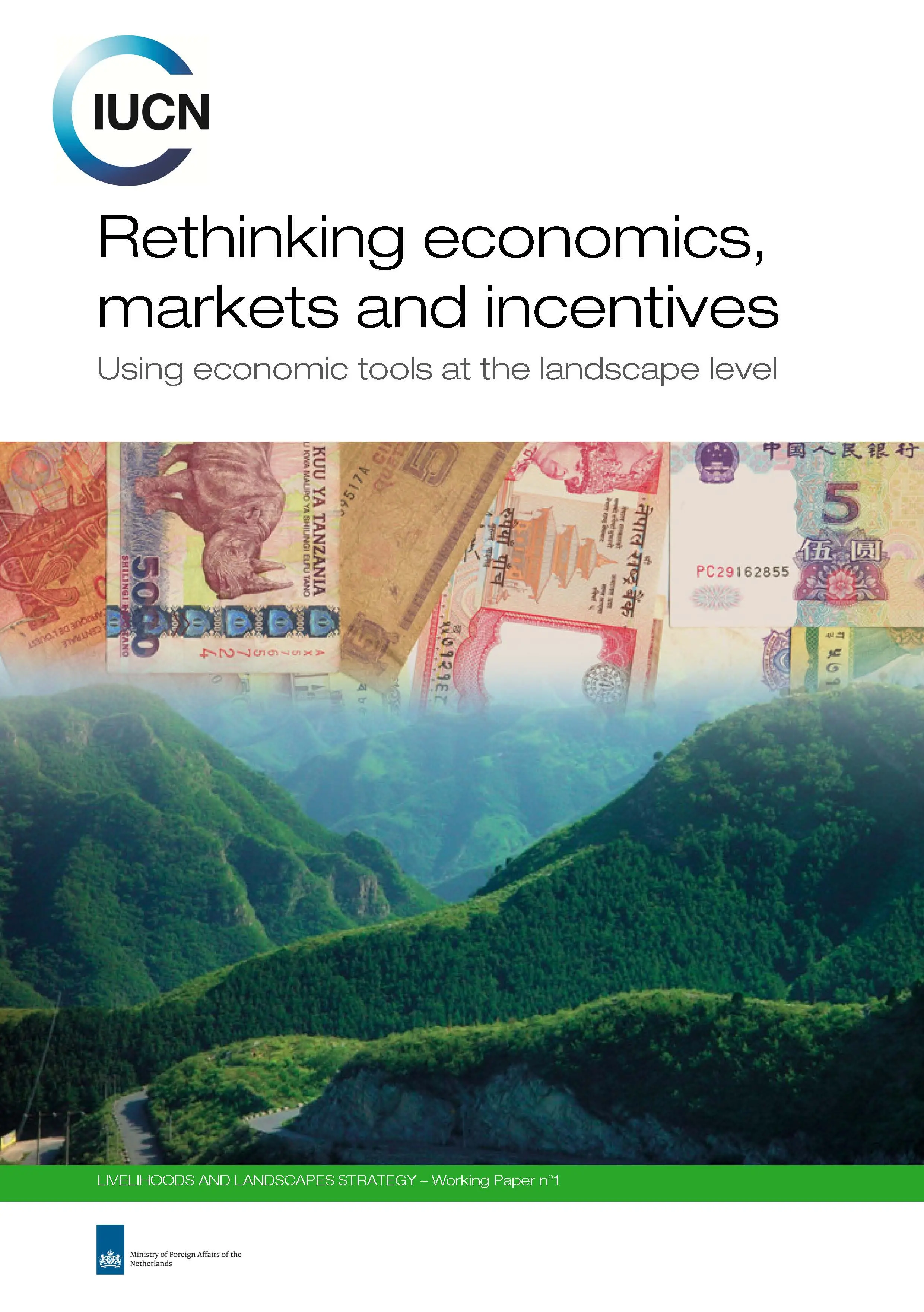
Story | 21 Jul, 2013
Rethinking economics, markets and incentives
Based on a review of the experiences gained during the course of LLS, this paper documents insights and lessons about using markets and incentives to strengthen forest landscapes and livelihoods. It aims to interrogate just what a ‘landscape approach’ means in economic terms, to identify how…
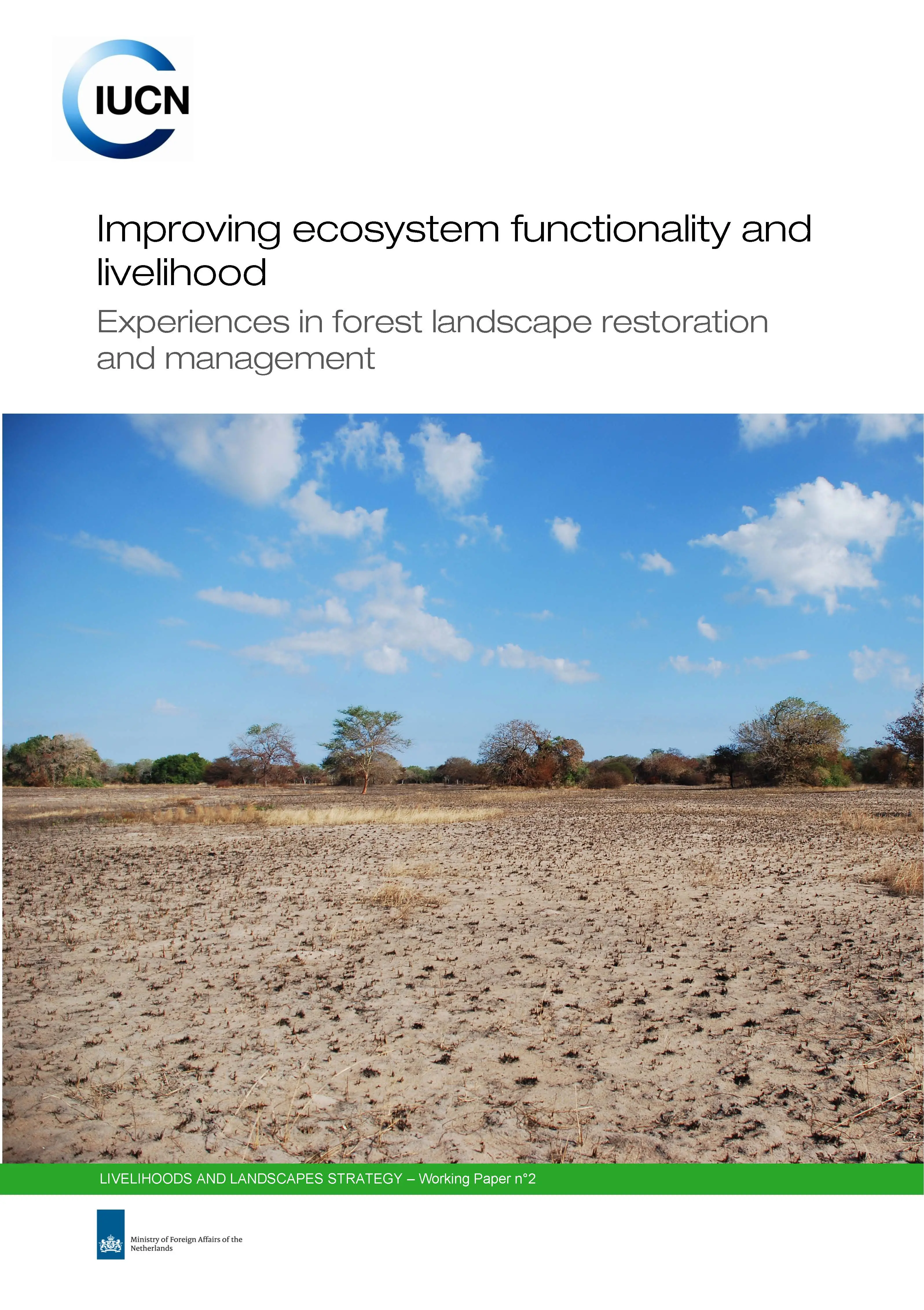
Story | 20 Jul, 2013
Improving ecosystem functionality and livelihood
This paper examines how interventions intended to improve functionality and productivity of forested landscapes to improve livelihoods of the poorest populations, might actually yield co-benefits in terms of biodiversity conservation. It argues in favour of a ‘landscape’ approach to achieve…
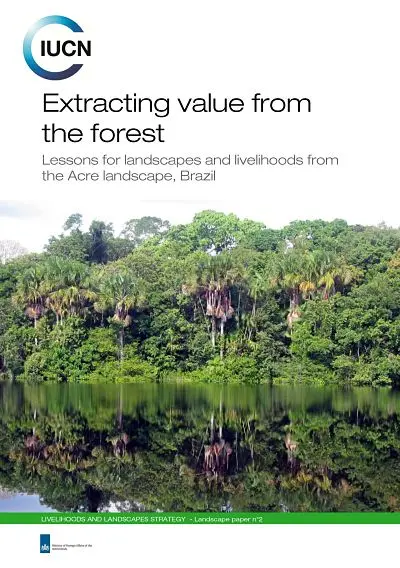
Story | 18 Jul, 2013
Extracting value from the forest - Acre, Brazil
Originally important in the 19th century as a source of latex rubber, the region subsequently lost out following the rise of the Malaysian rubber industry. As a result, large swathes of the region’s forests were converted for farming and cattle ranching resulting in a loss of forest cover and…
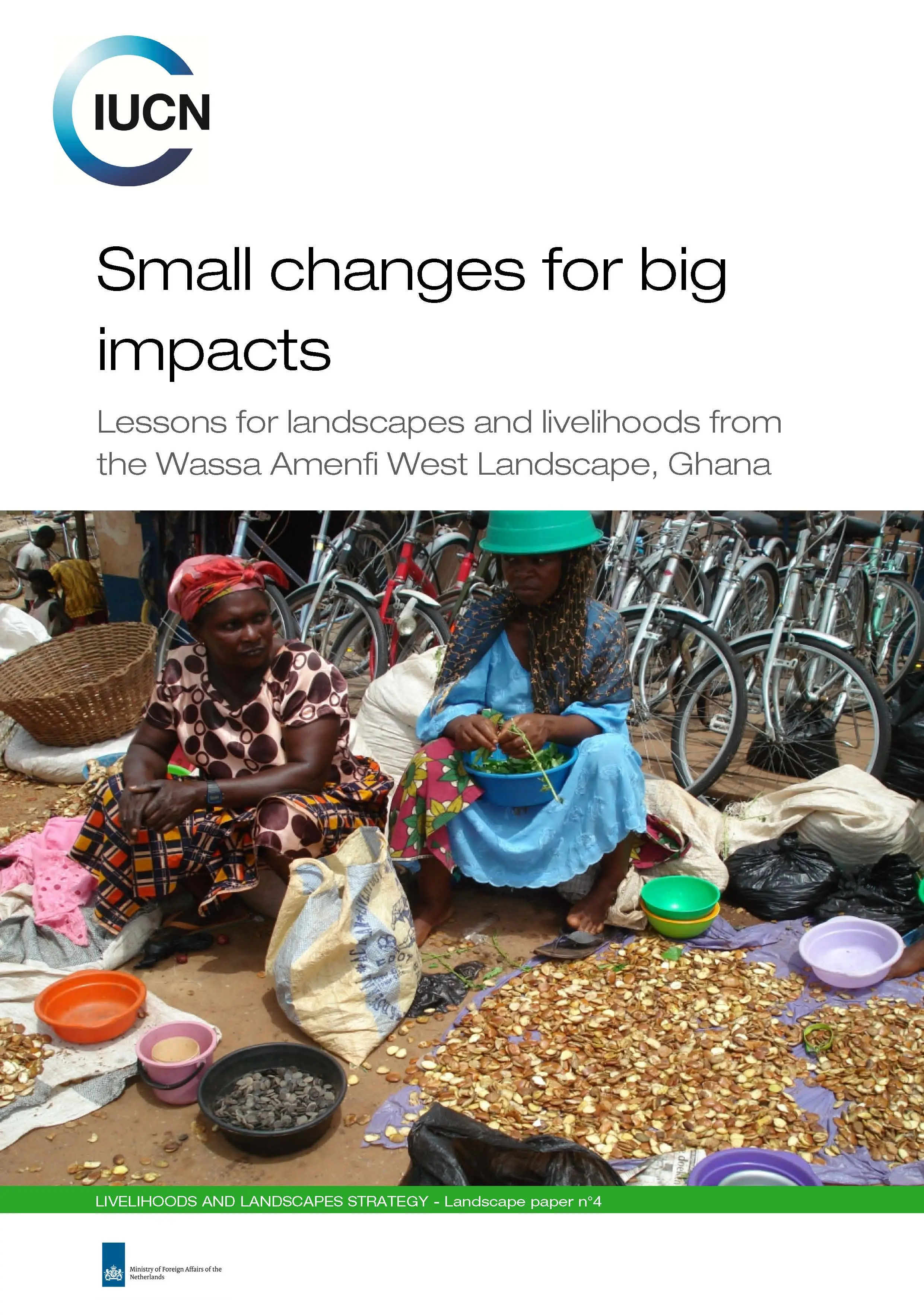
Story | 17 Jul, 2013
Small changes for big impacts - Wassa Amenfi West, Ghana
This paper describes LLS interventions in the Wassa Amenfi West Landscape in the western region of Ghana. The landscape extends over an area of about 120,000 ha. It is a mixed landscape with a variety of agricultural uses; the most important is cocoa farming.
